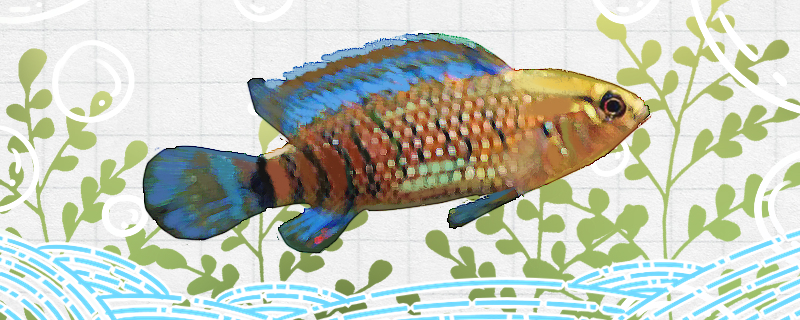
Blue alum discolored arowana is a kind of tropical ornamental fish from Southeast Asia. It is slender and its color changes with the external environment and the state of the fish. They have a strong ability to adapt to water quality and temperature, and they are relatively strong fish species. Generally, it is difficult for them to get sick when the environment is stable. They are gentle and like to stay in the middle and lower waters, and can be mixed with guppies, lanterns and other small ornamental fish. Blue alum discolored arowana is an oviparous fish. Its breeding mode is similar to that of betta. During the breeding period, the male fish will actively embrace the female fish and stimulate the female fish to ovulate. After ovulation, the male fish is responsible for protecting the female fish until hatching. Generally speaking, the blue alum chameleon is a kind of fish species that is relatively easy to raise, and it is recommended for novices to try.
1, water quality: blue alum discolored arowana to adapt to the water quality environment is relatively fast, when raising only need to pay attention to the water quality conditions stable in the appropriate range.
2. Temperature: Keep the temperature in the range of 23-28 ℃ during daily feeding. Excessive temperature will lead to poor disease resistance.
3. Feeding: They have mixed feeding habits and prefer raw baits. They are easy to accept as long as they are fresh food. Active bait and feed are mainly fed in family feeding. The active baits can be selected from red worms, fish worms and the like.